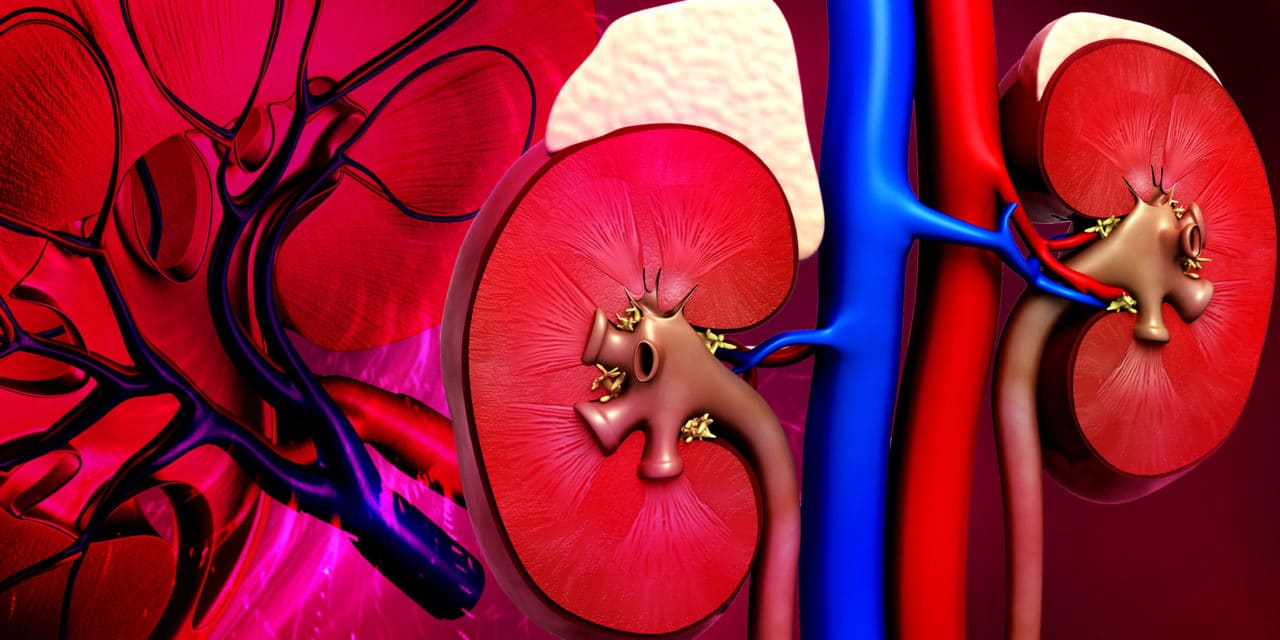Kidney function: Glomerular filtration rate test fact sheet
A glomerular filtration rate test measures the ability of the kidneys to filter the blood and eliminate toxins.
Healthy kidneys are essential for the body to eliminate toxins, and having two healthy kidneys is especially important as people age. When the kidneys don’t work properly, toxins build up, causing people to age more quickly. Toxins can also increase your susceptibility to health conditions associated with aging.
A decreased glomerular filtration rate correlates with higher instances of premature mortality. The glomerular filtration rate test not only helps doctors diagnose conditions, but also helps them monitor medical conditions for more effective treatments.
Overview of the test
A glomerular filtration rate test requires a simple blood draw. The test estimates the amount of blood traveling through the glomeruli, which are small filters in the kidneys.
This test actually begins with another test that measures creatinine in the blood. From the results of a creatinine test, health care professionals can estimate a patient’s glomerular filtration rate.
A creatinine test is often included in a routine basic or comprehensive metabolic panel. Doctors commonly ask for a glomerular filtration test with a blood urea nitrogen test to assess kidney function.
How is it undertaken?
A health care professional needs to take a blood sample to perform a glomerular filtration rate test. This typically involves taking blood from an arm vein and sending the blood sample to a lab.
A specialist in the laboratory examines the creatinine level in the blood and compares it to other factors, which allows them to estimate the patient’s glomerular filtration rate. The formula for determining glomerular filtration rate considers factors such as age, sex, height, weight, and race in addition to the level of creatinine.
Results lower than 60 mL per minute per 1.73 m2 over the course of three or more months indicates chronic kidney disease. A glomerular filtration rate of lower than 15 mL per minute per 1.73 m2 indicates possible kidney failure.
When is the test performed and how often?
Patients with chronic kidney disease, diabetes, high blood pressure, or other conditions linked to kidney damage, may require periodic glomerular filtration rate tests. People who have a family history of kidney disease, cardiovascular disease, hypertension, diabetes, or urinary blockage could also need glomerular filtration rate tests to screen for the development of health conditions.
Doctors may also order this test for people who have frequent urinary tract infections, or any other signs of impaired kidney function that indicate the need for this test.
Signs that a person may be developing kidney disease, and therefore could need a glomerular filtration rate test, include:
- Facial swelling
- Swollen abdomen
- Leg swelling
- Discolored or bloody urine
- Infrequent urination or difficulty urinating
- Pain in the middle of the back
- Hypertension
Cost
A glomerular filtration rate test may be covered by insurance. People can purchase a test for around $30-50.
Relative contraindications
Those who are pregnant, under the age of 18, are significantly overweight, or have a large amount of muscle mass, may not get accurate results from a glomerular filtration rate test.
References
Last reviewed 24/Feb/2017
Editor
Latest posts by Editor (see all)
- Oily fish and diabetes prevention - 04/06/20
- Manage the andropause - 11/12/17
- Testing testosterone levels - 07/12/17







